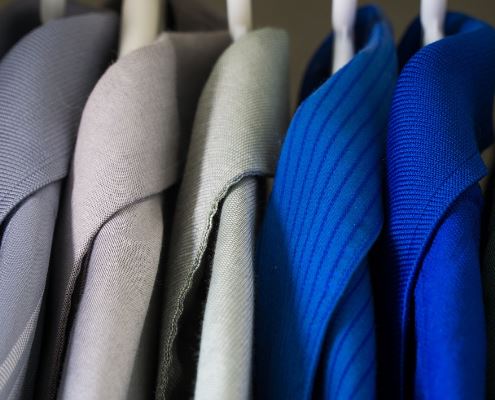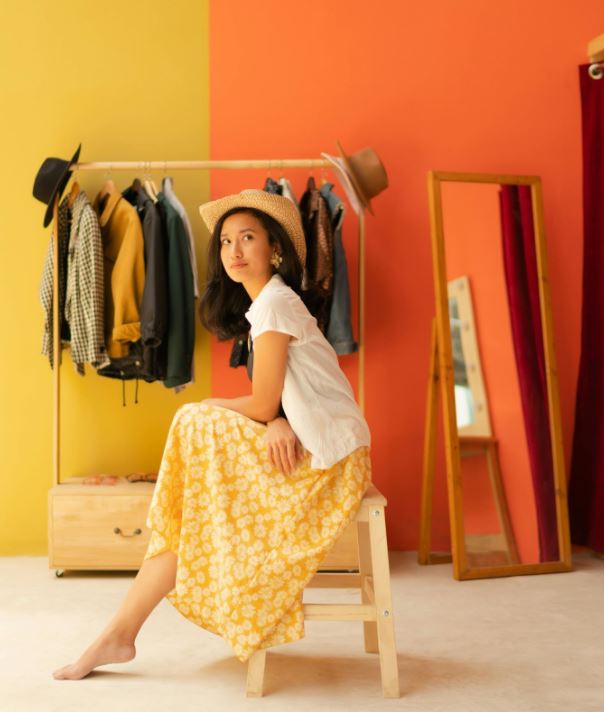6 Steps to Revamp Your Closet and Create a Functional Wardrobe

Rethinking your wardrobe can feel overwhelming, but the results are often rewarding. An organized, functional closet not only makes daily outfit choices easier, it also helps you get more wear out of each item you own. Whether your space is overflowing with clothes or simply lacking cohesion, thoughtful adjustments can make all the difference. The key is to focus on practicality without sacrificing personal style.
Start With an Honest Closet Audit
The first step to building a wardrobe that works for you is understanding what you already own. Lay everything out — from your everyday jeans to those pieces you’ve kept “just in case.” Then take a hard look at what you wear regularly, what no longer fits your lifestyle, and what you’re emotionally holding onto.
Be realistic with your decisions. If something hasn’t been worn in over a year, there’s a good chance it doesn’t belong in your daily rotation. Let go of guilt purchases, outdated trends, or impulse buys that never made it out of the house. Keep what fits your current shape, comfort level, and personality.
Define Your Personal Style and Lifestyle Needs
Building a wardrobe around your day-to-day life helps eliminate decision fatigue. Consider the types of activities that take up most of your week. Do you spend your time in an office, working from home, running errands, attending formal events, or parenting on the go? The balance of your wardrobe should reflect your actual life — not your imagined one.
Style inspiration can help, but don’t get caught up in trends that don’t suit your preferences. Whether you lean toward minimal neutrals or bold prints, your closet should feel like a curated collection, not a random mix. Focus on items that can mix and match with ease, offering flexibility for different settings without having to start from scratch.
Sort Items Into Core Categories
Once you’ve narrowed down your wardrobe, sort everything into distinct categories. This step gives you a clearer view of any gaps or imbalances. Divide items by their function — workwear, casual wear, formal attire, gym gear, and seasonal pieces.
This exercise helps you quickly identify where you may be overstocked or underprepared. You might discover you have five nearly identical black sweaters but no weather-appropriate outerwear. Being aware of these patterns helps prevent future overbuying and encourages mindful shopping.

Invest in Versatile Staples
Instead of buying for every occasion, prioritize versatile pieces that serve multiple roles. Look for garments that layer well, coordinate with several other items in your wardrobe, and adapt to changes in temperature or setting. A well-fitted blazer, dark denim, neutral shoes, and quality basics can bridge the gap between casual and dressy without feeling repetitive.
Try everything on before assigning it a permanent place in your closet. If it doesn’t make you feel comfortable or confident, it’s unlikely to get regular wear. Stick to what works and fits consistently. Pay attention to fabric, care requirements, and construction — these elements impact both longevity and ease of use.
Make Strategic Upgrades and Replacements
Now that you’ve reviewed your inventory, it’s time to fill in the blanks thoughtfully. Avoid impulse shopping and instead focus on specific needs. Whether you’re replacing worn-out favorites or seeking foundational layers, make purchases that align with your current wardrobe structure. Finding quality items that suit your style and budget can be easier if you click here or check out any other reputable clothes website that offers filters for sizing, colors, and materials. These features can help narrow down your options and prevent decision fatigue. By being intentional about where and how you shop, you avoid cluttering your closet with trendy items that fade out quickly.
Optimize Closet Layout and Storage
With your wardrobe edited and upgraded, turn your attention to how everything is stored. A cluttered closet can make even the best collection feel overwhelming. Group similar items together, like shirts with shirts and jackets with jackets, to make things easier to find. Store shoes where they’re visible, not buried. Consider uniform hangers for a cleaner visual effect and better use of space.
Use boxes or bins to store accessories, scarves, or seasonal items that don’t need to be accessed daily. A clean, consistent setup encourages maintenance and keeps you from defaulting back to chaos. The easier it is to put things back where they belong, the more likely you are to stick with the system.
Revamping your closet isn’t just about decluttering — it’s about reshaping the way you approach getting dressed every day. A functional wardrobe saves time, reduces stress, and allows you to express your personal style with confidence. When each piece has a purpose and a place, you’ll find yourself rediscovering old favorites and making more intentional choices moving forward. This process encourages mindful shopping habits, helping you avoid unnecessary purchases and focus on quality over quantity. Whether you’re aiming for a minimalist capsule wardrobe or just a better-organized space, the effort you invest now will pay off with a more streamlined, satisfying dressing experience. With clarity, consistency, and a touch of creativity, your closet can become one of the most empowering spaces in your home.






